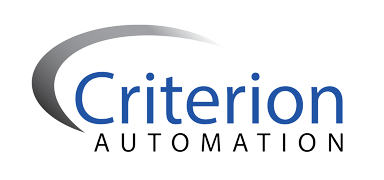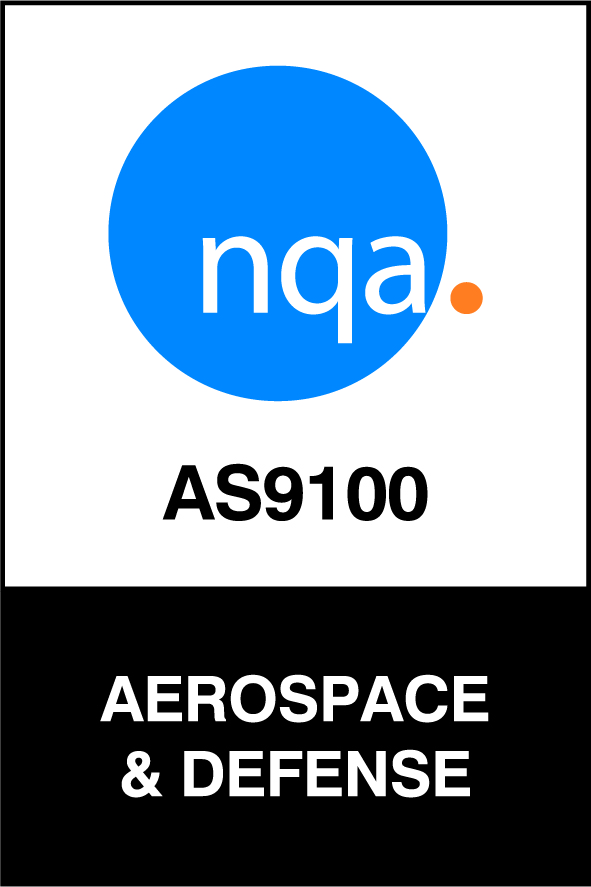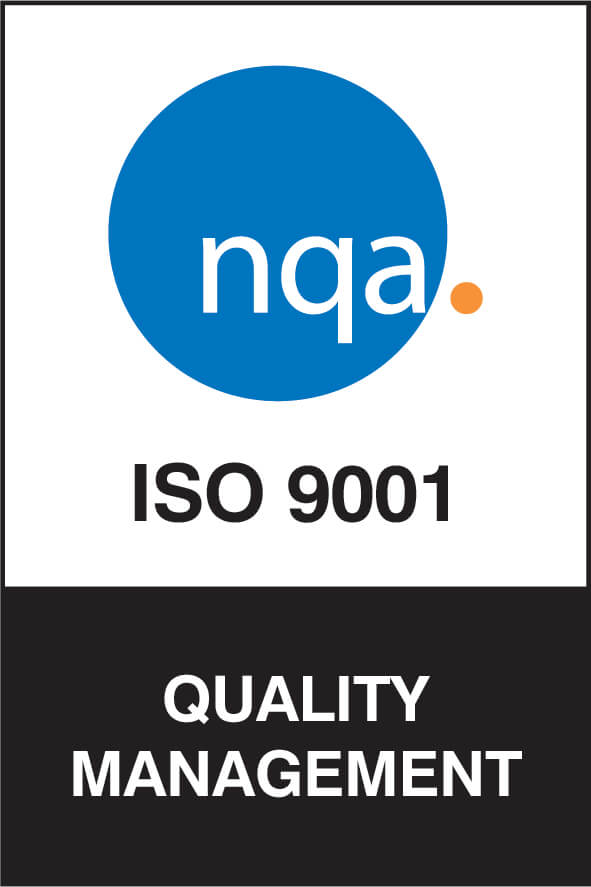Machine vision systems automate a variety of tasks, including inspection, selection, and guidance of parts and products. If you’ve considered adding a vision system in the past but found the cost too high or the programming too involved, it may be time to take another look. As costs have come down, the programming and operation of these systems have become simpler. And with the addition of artificial intelligence (AI), they’re even easier to operate and provide great benefits.
Machine vision systems automate visual inspection tasks that are typically too complex and/or mundane for workers to conduct, and do so with greater accuracy. High-resolution cameras can inspect details that are too small for the human eye to detect (and don’t get fatigued or distracted). A perceived downside used to be that humans were better at learning how to more effectively spot defects the longer they did the work. But now with the integration of AI, machines can do the same.
What is a Machine Vision System?
In a typical setup, the system’s sensor detects the presence of an object, triggering a light source to highlight the part while a camera captures an image. A piece of hardware called a frame grabber then translates the image into a digital file that is saved on the system’s PC. The system’s integrated software analyzes and compares the image to predetermined criteria, at which point the part either passes or fails the inspection. Parts that fail are removed from the product line while parts that pass inspection move on to the next step.
Why Implement Machine Vision?
The first question to ask if you’re considering a vision system is, what you want the system to do? Vision systems can conduct difference checking, a variety of inspections (appearance, identification, quantity), measurement, and positioning/alignment. These systems can be used to achieve a number of objectives, from decreasing the release of defective parts and products to increasing productivity to freeing up employees to do less mundane work.
How AI is Improving Vision System
As vision systems adopt and incorporate artificial intelligence (AI), the programming, integration, and use of the systems has become more attainable. Companies no longer need a controls engineer on staff to spend days or weeks programming the system’s software. Someone less technical—cell leaders or maintenance personnel, for example—can integrate the equipment into the system.
AI automatically determines which settings—light intensity, flash, exposure time—will produce optimum images for the system to inspect. In the case of many systems, the only thing the operator needs to do to program the equipment is to focus on one part and register that it’s good to go, and then focus on a defective part and indicate that it’s a no-go. The operator doesn’t need to have any specialized knowledge or invest extensive time or effort into setting up the system.
Help from Criterion
Want to learn more about how to integrate machine vision into your production process? Criterion has served leading companies in aerospace, automotive, furniture, and other manufacturing industries as a trusted partner for more than 35 years. We’re committed to helping you produce quality parts more easily, safely, and efficiently. Contact one of our automation experts to learn more today.





